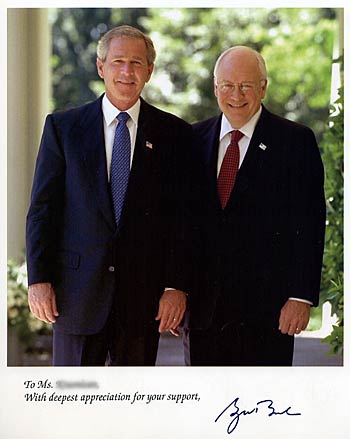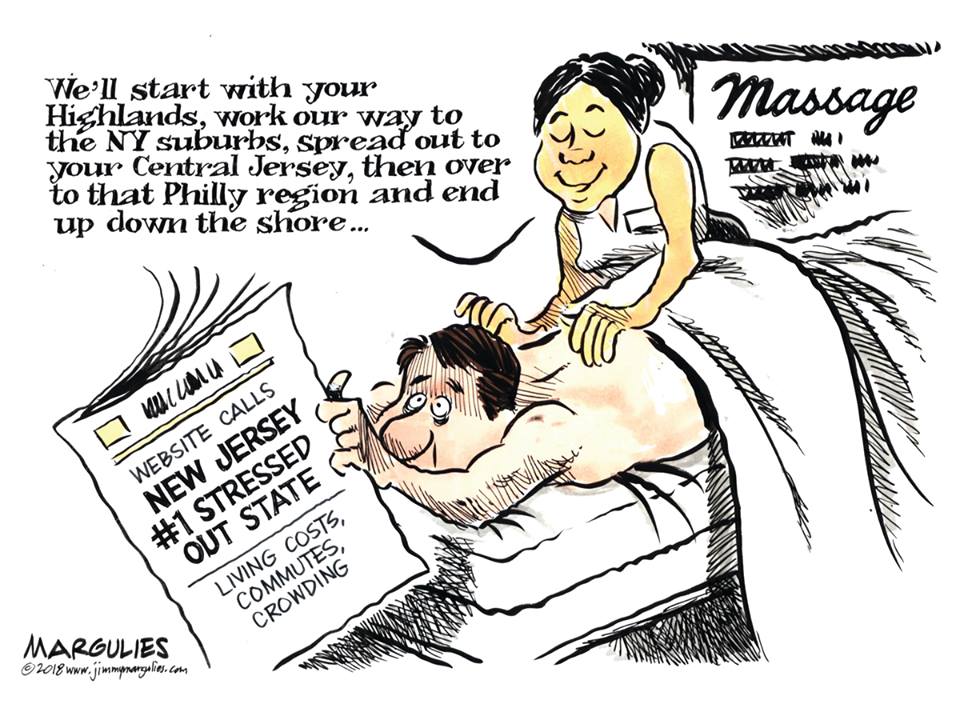Source: http://www.businessweek.com/magazine/content/08_32/b4095000246100.htm?campaign_id=rss_daily
July 29, 2008, 6:22PM EST
Company medical clinics are springing up at Toyota, Harrah's, Disney, and elsewhere—and the savings are substantial
When a company unveils a new plan to rein in health-care costs, workers usually groan. Yet Toyota Motor (TM) is getting rave reviews for the on-site medical center it built at its truck factory in San Antonio. Ask line worker Louis Aguillon. He went to the clinic in May with nagging back pain, and paid just $5 for the visit. "I saw the doctor for 20 minutes," Aguillon beams. "You're not just a number there."
Toyota isn't running a charity. The medical center, which cost $9 million to build in 2007, could save the company many millions over the next decade. Managed by Take Care Health Systems whose business is running medical clinics, the program has helped Toyota slash big-ticket medical items including referrals to highly paid specialists, emergency room visits, and the use of costly brand-name drugs. Plus, there are big productivity gains because workers don't have to leave the plant and drive to a doctor's office for routine medical matters.
The company doctor is back. It's a tradition with roots in the 1800s, but the practice fell from grace in the 1930s and 1940s, when critics complained that the doctors were mainly serving the employers' interests. Many states passed laws requiring such medical centers to be owned by physicians. Even now there are calls for monitoring the clinics, to ensure they emphasize patient care over savings.
Nevertheless, in a climate of deepening health-care woes, company-based medical centers are winning dozens of fresh converts. These include the North American units of Toyota and Nissan (NSANY), Harrah's Entertainment, and Walt Disney Parks & Resorts. Pharmacy chain Walgreen (WAG), which also operates nearly 200 small clinics for customers at its retail stores, sees so much growth in on-site medical centers that in May it snapped up Take Care Health. A recent study by benefits-consulting firm Watson Wyatt Worldwide (WW) found that 32% of all employers with more than 1,000 workers either have an on-site medical center or plan to build one by 2009. "We're talking about a microcosm of health-care reform," says Hal Rosenbluth, president of Walgreen's health and wellness division. "Companies can take control and understand their health-care costs."
On-Site Savings
In setting up a clinic, an employer typically comes up with a blueprint of the services it aims to provide to its workers. Then it hires an outside firm to manage the project, offering employees a major break on co-pays and other incentives if they use the center. At Toyota, the co-pay is $5, vs. $15 if workers visit an outside doctor. Some companies also reward the use of in-house services by making deposits in the worker's health savings account.
At the San Antonio plant, Toyota workers find little reason to venture outside. The on-site medical team can take X-rays, treat broken bones, and handle various emergencies. The doctors perform many of these procedures for as little as half of the physician fees charged by a specialist or a local hospital. And when medicines are required, an on-site pharmacy steers patients to generic drugs that have proven just as effective as the branded products. That seems to suit Toyota employees: some 60% of the San Antonio staff uses the clinic.
Managers of on-site centers such as Toyota's make a variety of bold claims. Rosenbluth says every dollar invested in setting up a clinic will return $3 to $5, even though on-site doctors spend an average of 20 minutes with each patient—more than double the national average for primary-care physicians. Some of the biggest savings are on referrals to specialists and visits to emergency rooms, where the financial burden falls mainly on the worker's employer. Peter Hotz, president of Take Care Employer Solutions, the on-site medical division of Walgreen, says the clinic-management companies Walgreen acquired refer 40% fewer patients to specialists, compared to the primary-care physicians who treated the workers previously. And emergency room visits are down 72% at companies where Take Care is managing medical facilities.
Patient vs. Company Care
The question is, will health management companies hired to help control costs act in the patients' best interests? "We are trying to avoid the company-doctor image," says Dr. Jeb Johnson, Take Care Health's medical director at the San Antonio plant. "If [employees] perceive that we place some company's interest over their well-being, they won't come."
That doesn't entirely reassure critics. Some worry that the general-practice doctor might miss something a specialist would catch. And there are potential privacy issues, says Dr. Bruce Auerbach, president of the Massachusetts Medical Society. When employers have a tight relationship with the health-care provider, there's a risk they might access health information that could prejudice them against a particular employee. But Auerbach also believes clinics work well when the right guidelines are in place.
As for the quality of care, employers who have built medical centers say there is no need for concern. The cost savings, they say, come mainly from eliminating inefficiencies, including premium care that doesn't improve the patient's health. P.H. Glatfelter (GLT), a York (Pa.)-based paper manufacturer, says the company reduced costs by $2.1 million last year using a Take Care Health-run clinic to serve 1,700 workers at a plant in Chillicothe, Ohio. A large portion of the savings, says Greg Paradiso, Glatfelter's director of compensation and benefits, come from cutting unnecessary specialist referrals. At his plant, only 4% of patients are sent to a specialist, while 25% of patients in the surrounding community are referred out. By avoiding 2,100 such visits, with an average fee of $250, the company shaved $525,000 from its total health-care bill.
Need, Not Want
Managers of the medical centers also maintain they are more diligent in screening for long-term health conditions than traditional company-supported health plans. That's because there's an incentive to help workers avoid diabetes, hypertension, and heart conditions—problems that are expensive to treat and are responsible for high rates of absenteeism. Dr. Johnson, the Take Care Health medical director at the Toyota facility, says he is seeing improvements in such measures as blood pressure and cholesterol levels.
Companies running clinics also tend to save money on medicines. At Glatfelter, the use of prescription drugs by employees fell by 5% after the clinic was opened, saving the company about $130,000. "I think this is a silver bullet," Paradiso says. "I want our doctors prescribing what patients need, not what they want." Many of the union workers have enrolled, says Billy Smith, president of United Steelworkers Local 988, which represents some of Glatfelter's workers. "We've always had good luck with it," Smith says. "I haven't heard any complaints."
Scale Necessary for Return
If on-site clinics are beloved by boss and worker alike, why aren't all companies building them? For starters, there has to be scale. Clinic managers say there should be at least 1,000 employees in a single location to make the economics work, and the majority of workers must sign up. "Employers looking for a one-year return are barking up the wrong tree," says Stuart Clark, executive vice-president of operations for Comprehensive Health Services, one of Walgreen's largest competitors, with more than $100 million a year in revenue. "This is a two- to three-year return."
The company-clinic movement faces an important test in November. Walt Disney Parks & Resorts plans to open a $6 million facility at Disney World in Orlando, which will serve more than 40,000 employees and their dependents. Tracy Swanson, vice-president of workforce planning, benefits, and compensation for Disney's (DIS) parks, says the program is partly a response to the state's shortage of physicians, which she attributes to Florida's high malpractice costs. Says Swanson: "We can't afford to wait for the government to solve this."
Links
X-Rays in Aisle 5
Wal-Mart (WMT), CVS (CVS), Walgreens (WAG), Duane Reade, and others have been opening in-store health clinics at a rapid clip: There are now about 950 such outlets across the country. But they are loosely monitored and state regulations vary widely, The New York Times reported last August. Some don't require a physician to be on the premises. And critics say some stores may be using the clinics to pump up their pharmacy business. As a result, Rhode Island, California, and other states are stepping up scrutiny.
Welch is BusinessWeek's Detroit bureau chief.

































No comments:
Post a Comment